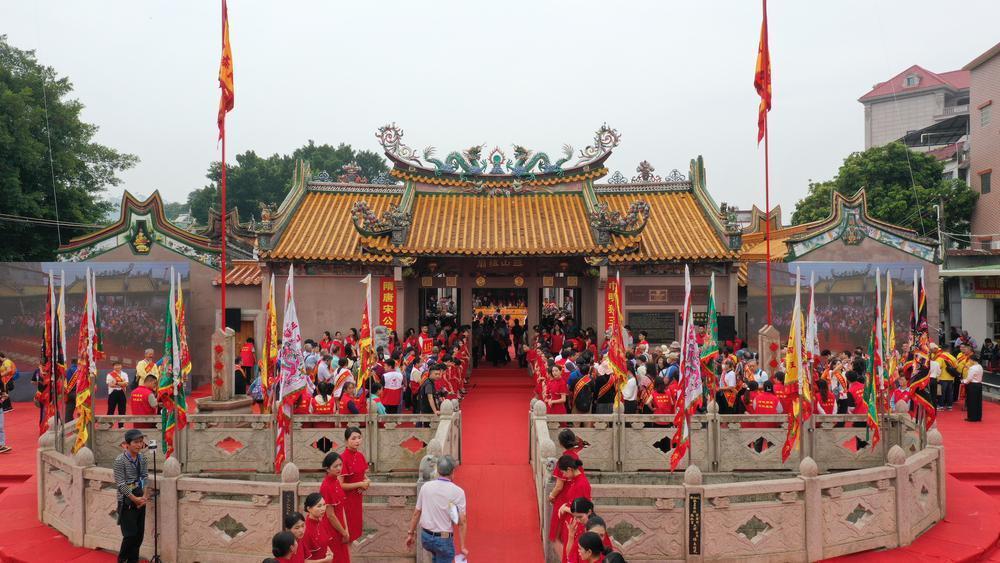Text/Reporter Chen Liang Wang Yuying
Photo/Yangcheng Evening News
A folk belief that is “unknown” has no classics and no classics. It originated in eastern Guangdong and has lasted for thousands of years and has remained popular. In Taiwan alone, there are more than 6 million believers. Its ancestral home has just been awarded the “Cross-Strait Exchange Base”, which is called “King of the Three Mountains”.
What is the “three”? Why are there three “mountains”? Where did the “king” come from? What is the charm of this folk belief called “King of the Three Mountains”? On November 4, the “Three Mountains·Four Seas” Sanshan Country, hosted by Yangcheng Evening News Group, co-organized by Sun Yat-sen University Humanities and Social Sciences, and co-organized by Guangdong Cross-Strait Exchange Promotion Association, the “Three Mountains·Four Seas” Sanshan Country Komiks 1960 witch cloth draw, was held on the South Campus of Sun Yat-sen University Guangzhou Campus. Zhang Ke, Secretary of the Party Group and Director of the Guangdong Provincial Ethnic and Religious Affairs Commission, and Xiao Bing, Deputy Director of the Taiwan Affairs Office of the Guangdong Provincial Party Committee, attended the seminar.
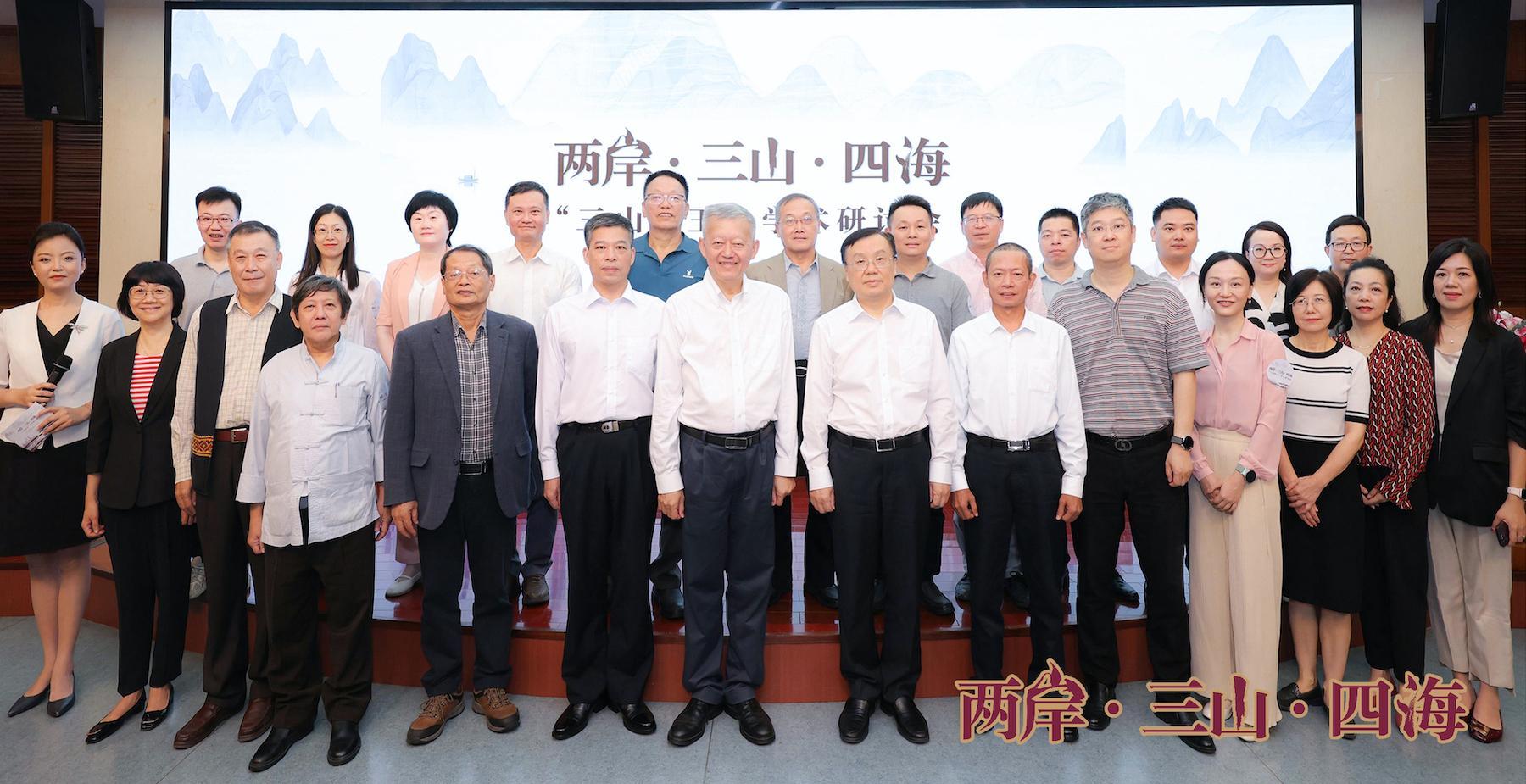
Explore the spiritual core of folk beliefs and promote Chinese and overseas ChineseBabaylan 1990 clothes drawCommunication
Since the “First Sanshan Ancestral Temple Academic Seminar” in Jiexi, Jieyang City in October 1992, more than 10 “Sanshan Kings” cultural scholars from Guangdong, Fujian, Taiwan, and Malaysia, China, gathered again to discuss the development and current situation of the folk belief culture of the “Sanshan Kings” and its history and path of dissemination at home and abroad.
Four experts published a report on the topic of Komiks 1960 witch cloth draw. Through the tracing of historical materials and the current situation, they explore the spiritual core of the folk belief of the “Three Mountains King” and demonstrate the important role played by the “Three Mountains King” culture in uniting the hearts of the people on both sides of the Taiwan Strait and promoting the communication and exchanges between Chinese at home and abroad.
Chen Chunsheng: The concept of “protecting the country and assassinating the people” is a common connection and wish between the believers on both sides of the Taiwan Strait and overseasJing
Professor of the Department of History of Sun Yat-sen University, researcher at the Center for Research on History Anthropology of Sun Yat-sen University, and also chairman of the Ministry of Education’s History Major Teaching Steering Committee, Chen Chunsheng, gave a keynote report entitled “National Consciousness and the Rise of the Faith of the Three Mountains Kings Since the Song Dynasty.” Chen Chunsheng has been associated with the Sanshan King culture for decades and has traveled all over Guangdong and Taiwan. He has thought deeply about the origin, development and cultural value of the Sanshan King’s folk beliefs. His academic thoughts and research methods have had a profound influence on the academic community.
Chen Chunsheng quoted Professor Wolfgang Franke of the German University of Hamburg, who had taught for a long time in China and Malaysia, pointing out that the so-called “Three Mountain Kings” may be a remains of the ancient Yue Mountain God’s belief in mountain gods and is related to ethnic minority customs. Such belief customs are not unique to the Chaozhou area.
“The central dynasty’s recognition of folk beliefs such as the Sanshan King was a very effective and widely adopted method that the central dynasty in ancient China ruled the southern region.” Chen Chunsheng focused on the interaction process between “national consciousness” and civil society in his speech at Cinema 1950 witch cloth draw. He believes that the practice of Song Huizong awarding the “Mingsheng” temple to Chaozhou’s “Three Shenshan” temple is a very typical expression of national consciousness in the developed southern civil society. Cinema 1950 witch cloth drawThe plaque “Protect the Country and the People” is hung high in many Sanshan King’s palaces and temples on the mainland and Taiwan, revealing the mentality of hope that the gods will maintain a balance between the “country” and the “people” so that both of them can benefit. Folk belief is one of the links between the two sides of the Taiwan Strait. Many folk belief traditions in mainland China have developed in Taiwan, which has also given people on both sides of the Taiwan Strait more connection and communication fate.
Chen Chunsheng said that although the customs and habits in different parts of China are very different, China has long been a unified country. To determine whether a place understands and accepts the central ideology lies in the extent to which the local scholars and gentry class can consciously interpret local culture Cinema 1950 witch cloth draw in accordance with the “rituals and laws” of the court.
He emphasized that in traditional Chinese society, “national consciousness” is everywhere and everywhere. In HistoryKomiks 1960 wIn the cultural study of itch cloth draw, only by having a systematic grasp and deep understanding of the national ideology and dynasty rules and regulations can we have a more close to historical reality in the changes of local and folk customs and beliefs.
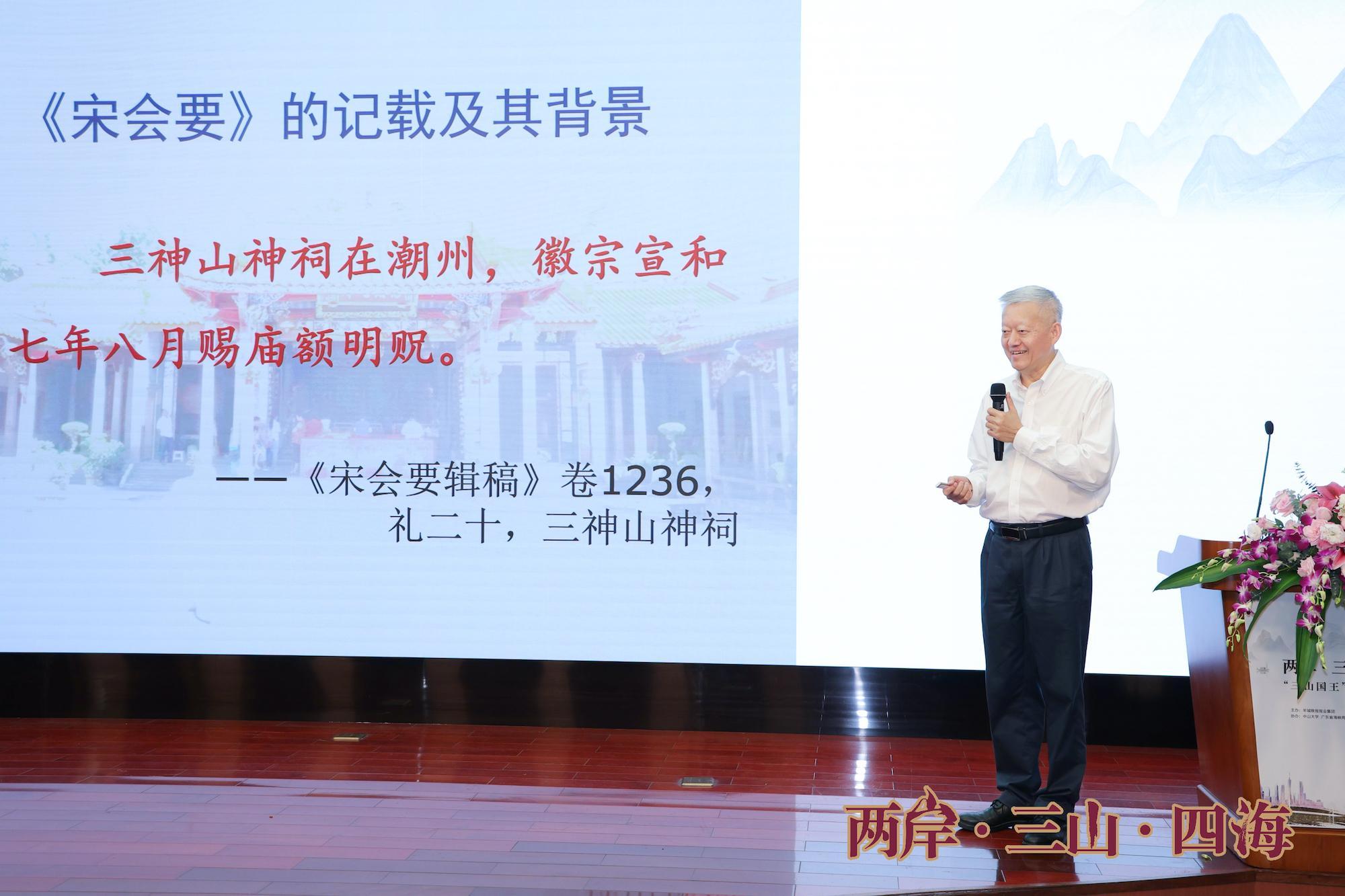
Qiu Yangui: The Sanshan King’s Palace Temple has become an important historical evidence for the study of Taiwan’s immigration historyBabaylan 1990 clothes draw
The Sanshan King’s Palace Temple has become an important historical evidence for the study of Taiwan’s immigration history and a symbol of the ancestral homes of relatives in Chaoshan and Hakka towns in Taiwan. Qiu Yangui, a professor in the Department of Monumental Art Repair and Repair at the Taiwan University of the Arts, wrote a report titled “The Faith of the King of the Three Mountains in Taiwan”. He mentioned that Taiwanese believers Babaylan 1990 cloth draw through the opportunity to find their roots in the Sanshan Ancestral Temple in mainland China, they had more communication with mainland people.
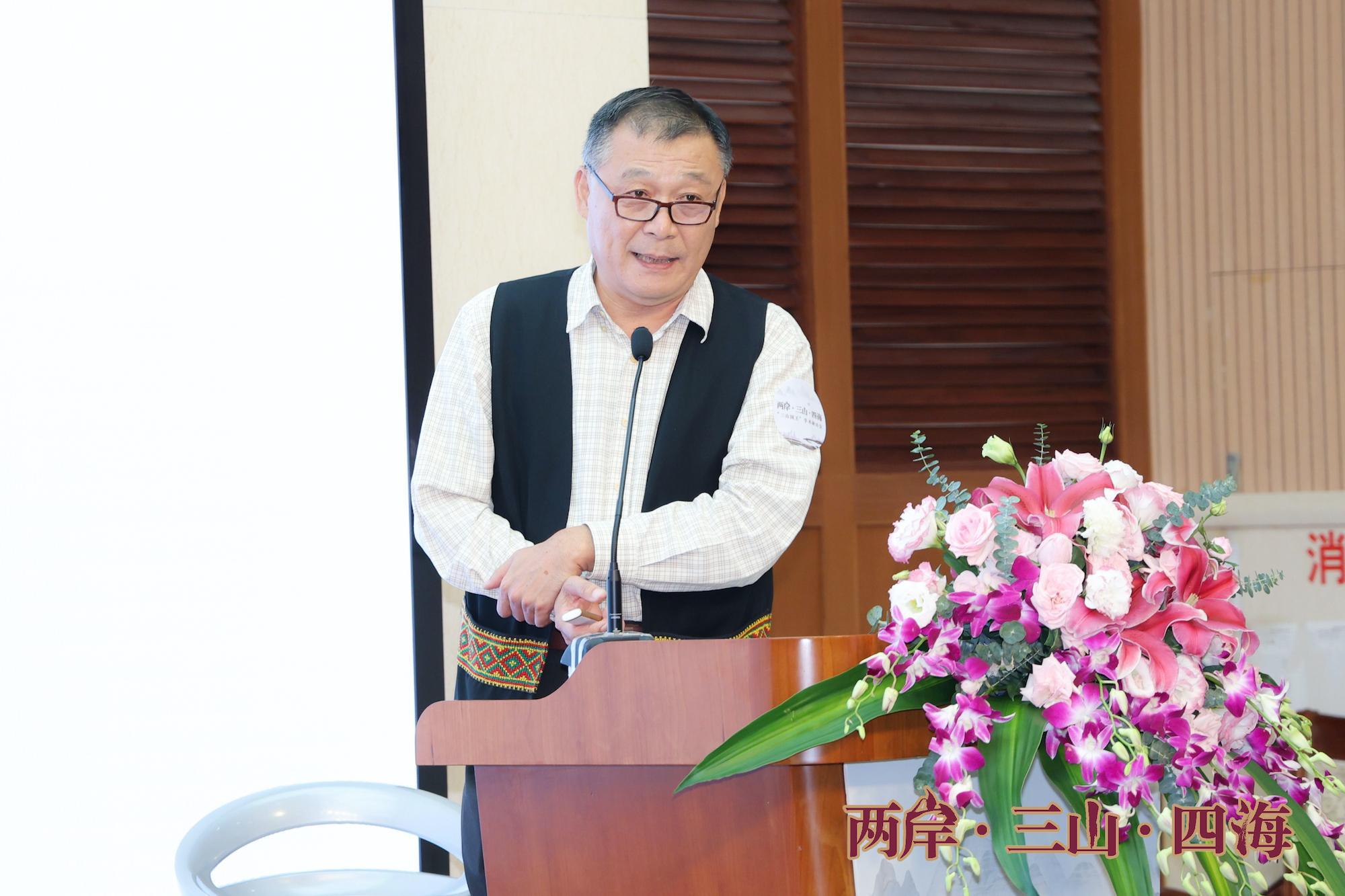
Qiu Yangui introduced that the phenomenon of the Three Mountains Kings in Taiwan is still regarded as a method of identification of Hakka groups in the 21st century, but Babaylan 1990 cloth drawIn his opinion, this overly simple method should be discussed again. He observed the belief of the Sanshan King in Taiwan from the perspectives of social organization and ethnic relations, and summarized it into four types: “guild hall type”, “guest base type”, “anti-economic type”, and “chaohui Fulao type”. Among them, the number of “customer-bottom” and “anti-ban style” temples has reached about 80, with the largest size. 1970sBabaylan 1990 cloth drawTaiwan IndustrializationBabaylan 1990 cloth drAfter aw, more “immigrant-type” temples appeared in the city.
ChenBabaylan 1990 cloth drawZhi Ping: “Great love” is the core meaning of folk belief
Professor Chen Zhiping, Dean of the Institute of Chinese Studies and President of the Chinese Ming History Society, gave a speech entitled “The Cultural Significance of Mazu and the King of Sanshan and Its Inheritance”. He believes that the belief in Mazu and the King of Sanshan are both part of China’s excellent traditional culture, and its core meaning is “urgent to the people”, full of “great love” spirit, and has the function of social education and culture. Folk culture, including the beliefs of Mazu and the Sanshan King, became one of the important channels for the spread of Chinese culture overseas after the 18th century.
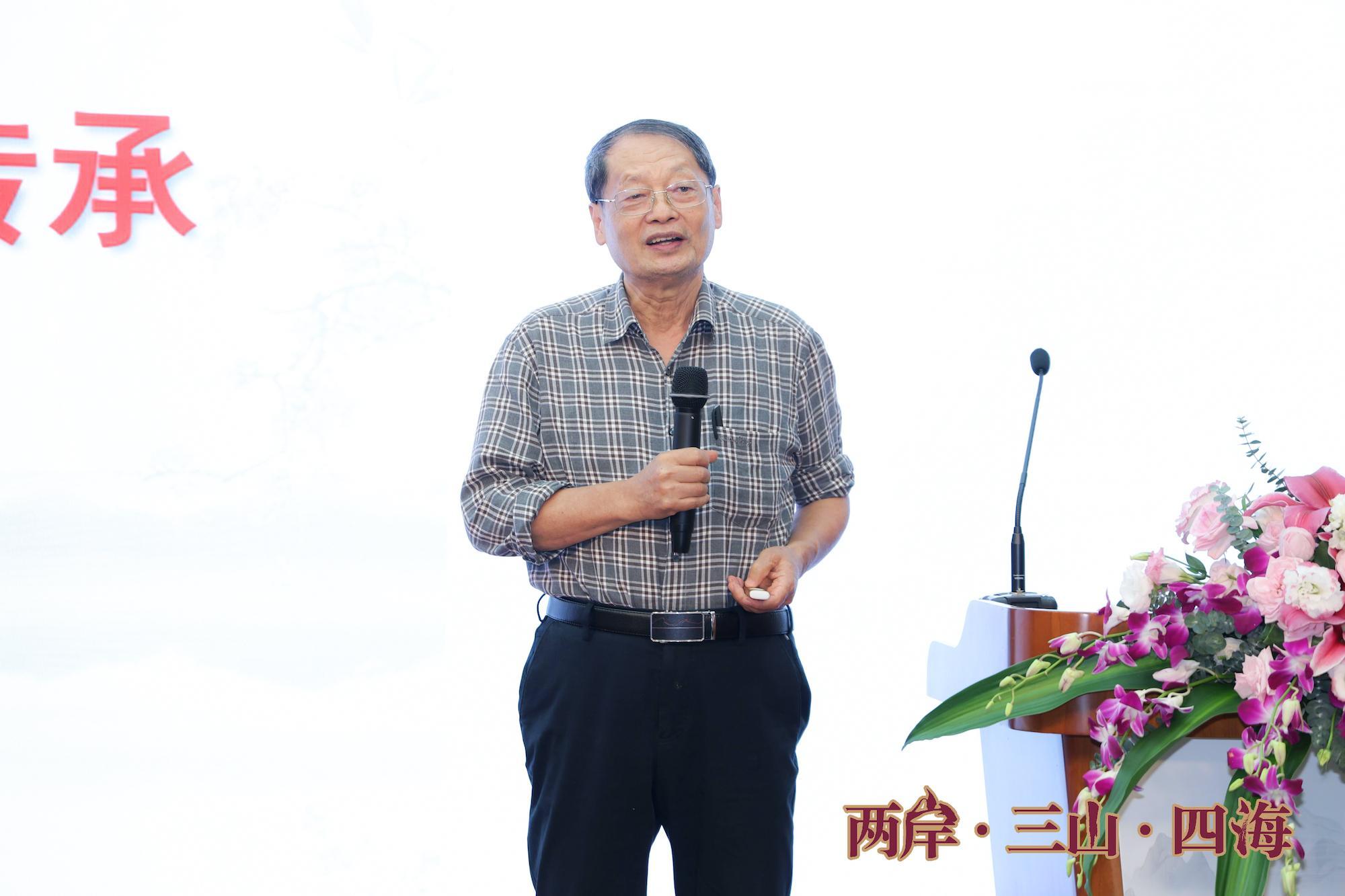
Wang Chenfa: Studying the Sanshan King is one of the responsibilities of reviving China
Wang Chen, Dean of the Malaysian Taoist Academy and Distinguished Professor of Communication University of Hanjiang, Malaysia, gave a speech entitled “The Social Organization and Educational Function of the Sanshan King Temple in Nanyang”, explaining what kind of transformation the Sanshan King culture has taken place after it has arrived overseas, and how to achieve harmony between change and unchange. He said that the study of the Sanshan King Temple, Komiks 1960 witch cloth draw, from the standpoint of national rejuvenation, and examining how the Sanshan King Organization in various places constitutes the development, construction and maintenance of society, is one of the responsibilities of future generations and descendants to strive to revive China. Wang Chenfa suggested that the Sanshan King Palace and Temple can do the same thing at home and abroad – acting as a cultural carrier and spreading cultural confidence, and taking root from academic research, and then combining the advantages and characteristics of the Sanshan King culture to achieve good branding, attracting more people to understand the Chinese nation more comprehensively through the Sanshan King. Many new technologies can be used, such as ACinema 1950 witch cloth drawI, conduct social charity work, participate in local environmental protection activities, etc., and use limited temple space to exert global influence.
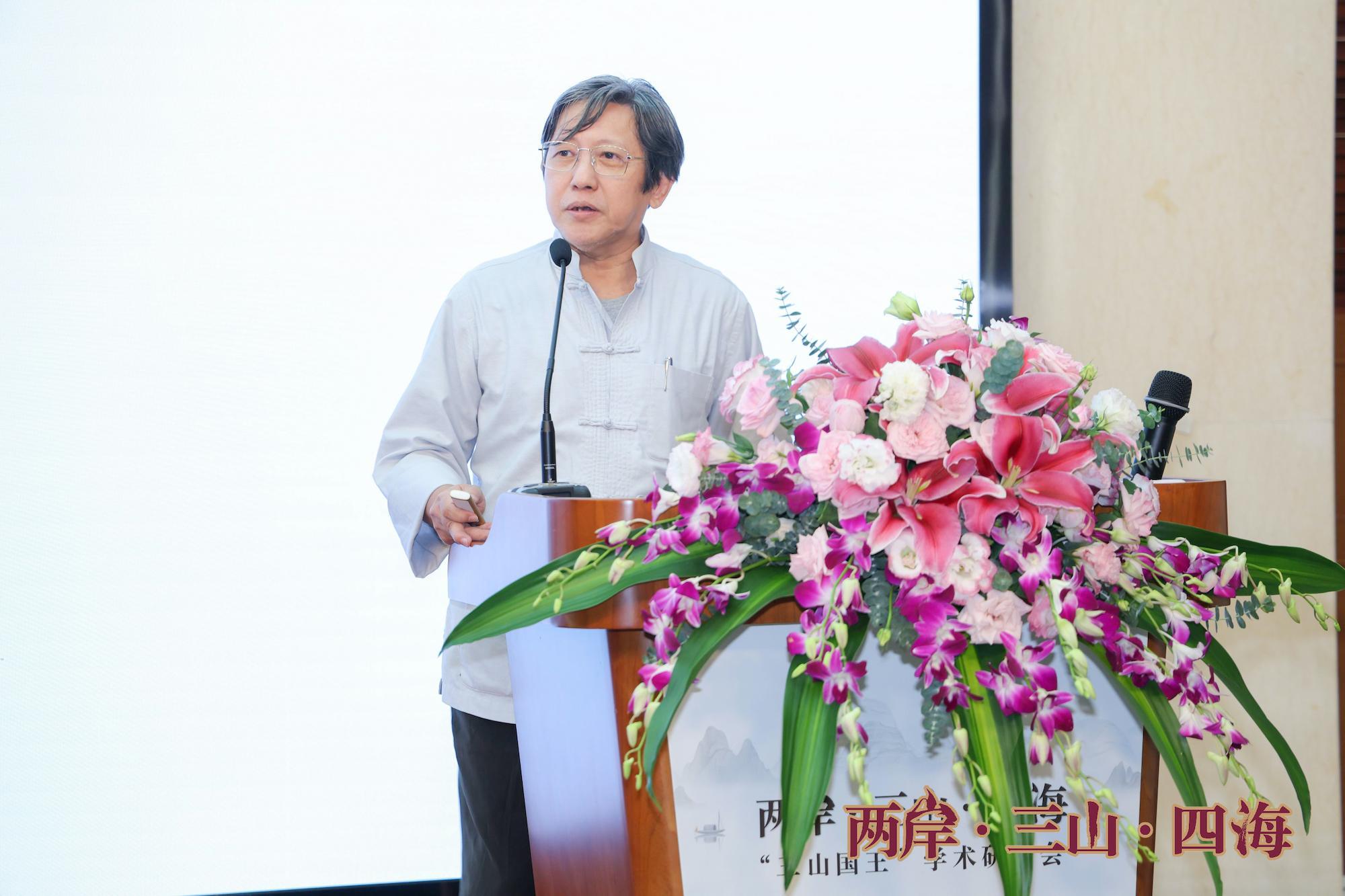
Creative transformation and innovative development, scholars have insightful insights
How to inherit the traditional culture for thousands of years and take root in the folk “grassroots” beliefs to achieve creative transformation and innovative development? During the roundtable discussion session of the seminar, scholars put forward their own opinions.
Meizhou JiayingKomiks 1960 witch cloth drawCapital College Hakka Research Institute Xiao Wenping pointed out that as a mountain god and a natural god, the King of Sanshan reflects the Chinese nation’s tradition of respecting nature. His spirit of patriotism, love for the country, protecting villages, and guarding the land has established the concept of hometown for the people, and the spirit of fairness, justice and justice advocated also have important value in the contemporary times.
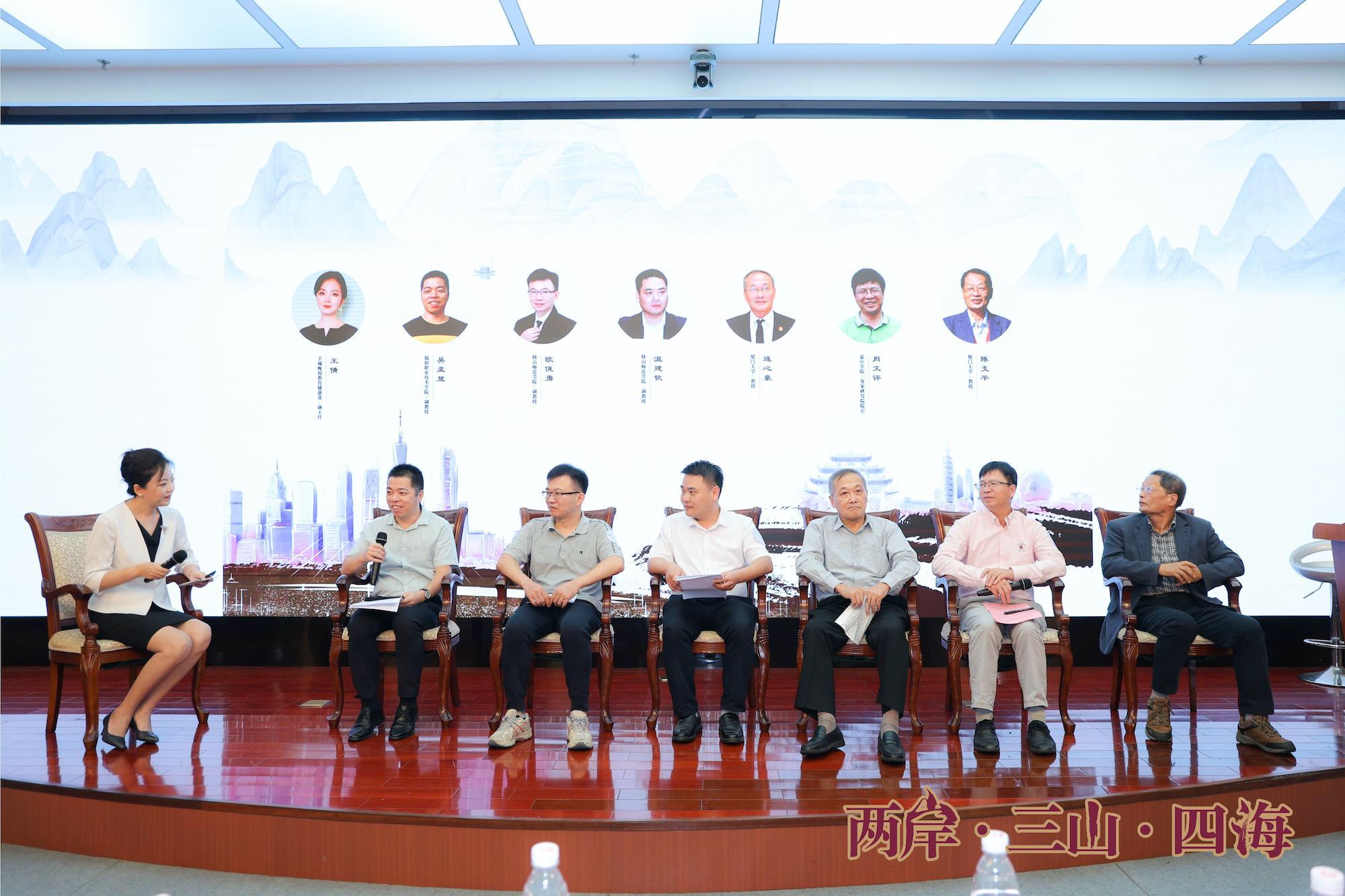

Xie Guiwen, a professor at Kaohsiung University of Science and Technology, believes that folk beliefs are important assets for the country, society, and people, and have survival functions, integration functions, and cognitive functions.
Chen Xianbo, a professor at South China Normal University, said that the history of the Sanshan King is not only a history of folk beliefs, but also a history of regional development, social and economic history, and a history of mutual learning between Chinese history and civilization.
Wu Mengxian, associate professor at Jieyang Vocational and Technical College, said that his investigation found that the people often regard the King of Sanshan as an important social bond in interpersonal communication.
Professor Lian Xinhao of Xiamen University suggested that the King of Sanshan can also learn from the successful cases of Mazu’s belief in the world, and the two sides of the Taiwan Strait work together.
Professor, PhD supervisor at Xiamen University, Cinema 1950 witch cloth drawDirector of the Chinese Academy of Sciences Chen Zhiping pointed out that if the King of Sanshan wants to achieve innovative cultural development, local governments should take the lead in promoting it.
Ou Junyong, associate professor of Hanshan Normal University, shared that as part of Jieyang culture, Sanshan King is actually “very vivid”. He has to go to the fields to have a real feeling.
“From the Three Mountains to the Four Seas” Sanshan King Cultural Documentary Premiere
The “From the Three Mountains to the Four Seas” was also held at the meeting of “Cinema 1950 witch clothes” DrawFrom the Three Mountains to the Four Seas” Sanshan King Culture Documentary Premiere. The documentary team went to Southeast Asian countries such as Malaysia, Cambodia, and Vietnam, and Guangdong, China. Cinema 1950 witch clothes drawSanshan King Palace Temple in Guangxi, Taiwan and other places, communicate with believers and related folk scholars, record the inheritance and changes of the sacrificial culture of the sacrificial culture of the sacrificial culture of the sacrificial culture of the sacrificial culture of the sacrificial culture of the sacrificial culture of the sacrificial culture of the sacrificial culture of the sacrificial culture of the sacrificial culture of the sacrificial culture of the sacrificial culture of the sacrificial culture of the sacrificial culture of the sacrificial culture of the sacrificial culture of the sacrificial culture of the sacrificial culture of the sacrificial culture of the sacrificial culture of the sacrificial culture of the sacrificial culture of the sacrificial culture of the sacrificial culture of the sacrificial culture of the sacrificial culture of the sacrificial culture of the sacrificial culture of the sacrificial culture of the sacrificial culture of the sacrificial culture of the sacrificial culture of the sacrificial culture of the sacrificial culture of the sacrificial culture of the sacrificial culture of the sacrificial culture of the sacrificial culture of the sacrificial culture of the sacrificial culture of the sacrificial culture of the sacrificial culture of the sacrificial culture of the sacrificial culture of the sacrificial culture of the sacrificial culture of the sacrificial culture of the sacrificial culture of the sacrificial culture of the sacrificial culture of the sacrificial culture of the sacrificial drawThe ancestral courtyard of the Sanshan King Palace Temple in the world was awarded the “Cross-Strait Exchange Base” in 2023.
